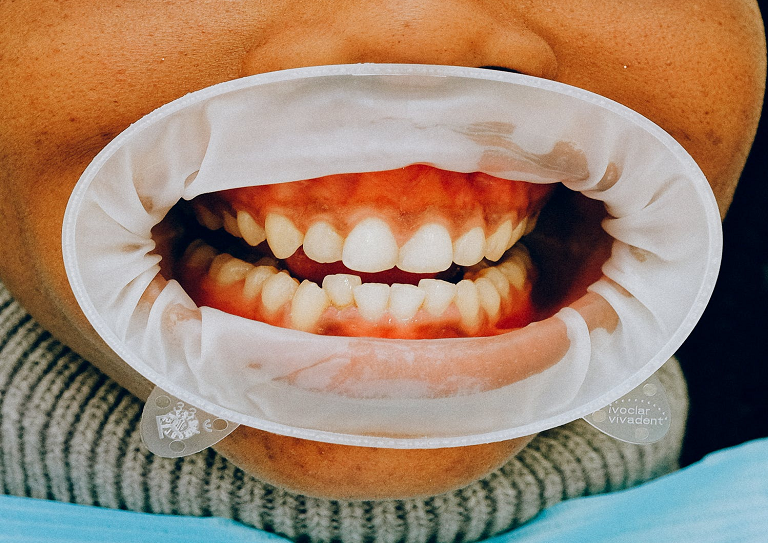Blog
What is Periodontal (Gum) Disease? Can Gum Disease be Cured?

Recent Posts
- Transforming Gum Health: Laser Treatment For Gum Disease at DP Dental
- Enhancing Smiles with OneSmile Clear Aligners at DP Dental
- Clear Aligners vs. Braces: Choosing the Right Orthodontic Treatment
- Non-CPAP Sleep Apnea & Snoring Solutions For Better Sleep
- Dental Restoration: Exploring Dental Inlays, Onlays, and Crowns
Periodontal disease is an inflammatory disease that can lead to the destruction of surrounding tissues and bone that support the teeth. The early stage of periodontal disease and is the most common disease affecting the oral cavity is called gingivitis. It is caused by bacterial plaque buildup along the gum line. The early signs of gingivitis include redness and bleeding when brushing. At this point, gingivitis is reversible.
However, gingivitis if left untreated, can progress to periodontitis. With periodontitis, you may notice that the inner layer of the gum and bone starts to form pockets and pull away from the teeth. These small spaces between the teeth and gums collect plaque and debris and can become infected. <br>
The body’s immune response then kicks in. It fights the infections and toxins produced by the bacteria in plaque starting to break down the connective tissue and bone that hold teeth in place.
Unfortunately, at this point, there could be irreversible damage to the bone, gums, and tissue that support the teeth. Eventually, the teeth may become loose, and tooth loss occurs.
Periodontal disease not only can cause tooth loss, but it is also associated with several other diseases such as cardiovascular disease and diabetes. Certain pregnancy complications such as pre-eclampsia and premature birth are also associated with periodontal disease.
What causes periodontal (gum) disease?
Periodontal disease is a complex disease initiated by bacterial plaque. However, some risk factors can increase an individual’s chance of getting gum disease:
Diabetes. This metabolic disorder affects the body’s ability to use blood sugar, thus at higher risk of developing infections, including gum disease.
- Hormonal changes that occur during pregnancy make gums more vulnerable to gum disease.
- Crooked teeth, resulting in traumatic bite. It can also make plaque control difficult.
- Smoking makes it harder for the gum tissues to repair.
- Taking certain medications that affect the body’s ability to produce saliva, which protects the gums.
- Conditions such as cancer or AIDS that suppresses the immune system. These conditions may lead to the most severe form of periodontitis, called necrotizing periodontitis.
- Genetic susceptibility
Symptoms of periodontal (gum) disease
Periodontal disease may progress painlessly even in the most advanced stage. However, the presence of the following signs and symptoms suggest you may have it:
Bleeding gums during and after tooth brushing
- Red, swollen, or tender gums
- Pus surrounding the teeth and gums
- A bad taste in the mouth and persistent bad breath or
- Receding gums
- Loose and wobbly teeth
- Changes in the bite when upper and lower teeth come together.
- Partial dentures that feel tight in the morning after leaving them out at night.
Treatment for Gum Disease
It is best to visit your dentist for further investigation and treatment if you experience any of these symptoms. Treatment ranges from minimally invasive therapies, e.g. professional dental scaling and LASER therapy that control bacterial growth and inflammation to surgery to restore supportive tissues. A tooth with advanced periodontitis may require extraction.
Remember that early-stage periodontal disease is reversible. Therefore, adequate oral hygiene and regular dental visits are essential in early diagnosis and prevention of periodontal disease.
If you suffer from any of these symptoms, do not suffer in silence! We are just one call away!
Source: EFP/AAP workshop on periodontitis and systemic disease. J. Clin Periodontitis 2013; 40(S14):20-3
Dr. Yue Weng Cheu completed his BDS degree at the National University of Singapore and was awarded The Pierre Fauchard Academy Foundation Annual Scholarship Award.





